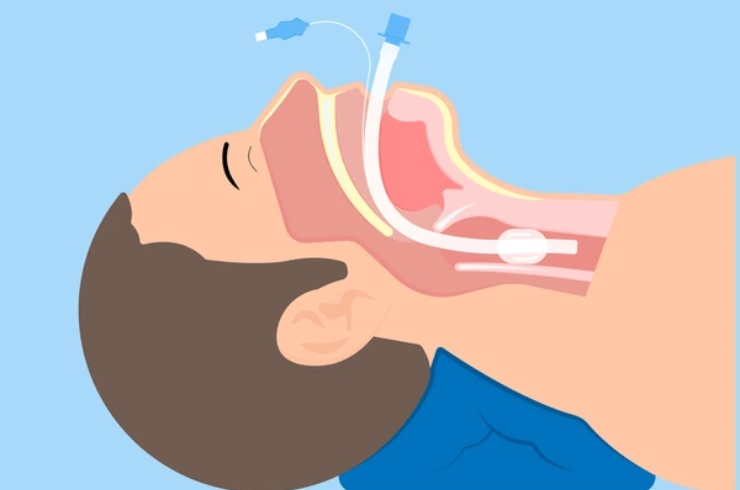There are two main types of bronchoscopy used for foreign body extraction:
Rigid Bronchoscopy: This is the preferred method, especially in children. Performed under general anesthesia, it provides a large working channel and better airway control, making it ideal for removing large or solid objects like nuts, toys, or food particles.
Flexible Bronchoscopy: Often used in adults and in cases where the object is located deep in the lungs or is soft and small. It is performed under sedation and is less invasive, but may be limited in cases of complete obstruction or large foreign bodies.
The extraction procedure involves visualizing the foreign body and carefully removing it using specialized tools like grasping forceps, baskets, or suction catheters. In rare, severe cases where endoscopic methods fail, surgical intervention may be required.
Post-procedure care includes monitoring for complications such as bleeding, infection, or airway injury. Antibiotics or steroids may be prescribed if inflammation or infection is present.
In conclusion, airway foreign body extraction is a life-saving and essential procedure in respiratory and emergency medicine. When performed promptly and correctly, it not only relieves airway obstruction but also prevents long-term respiratory complications, ensuring the safety and recovery of the patient.
